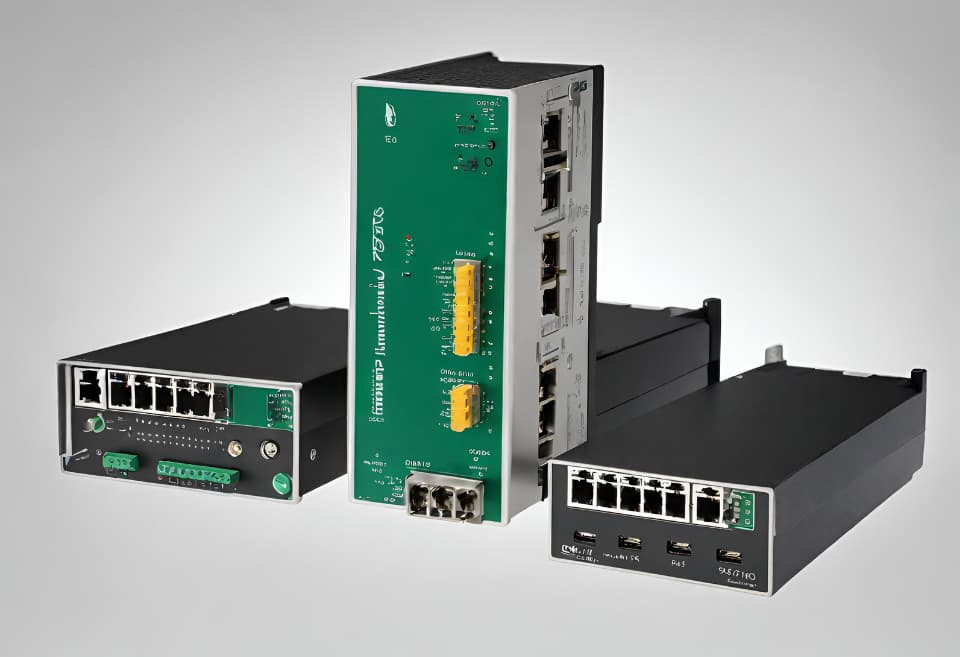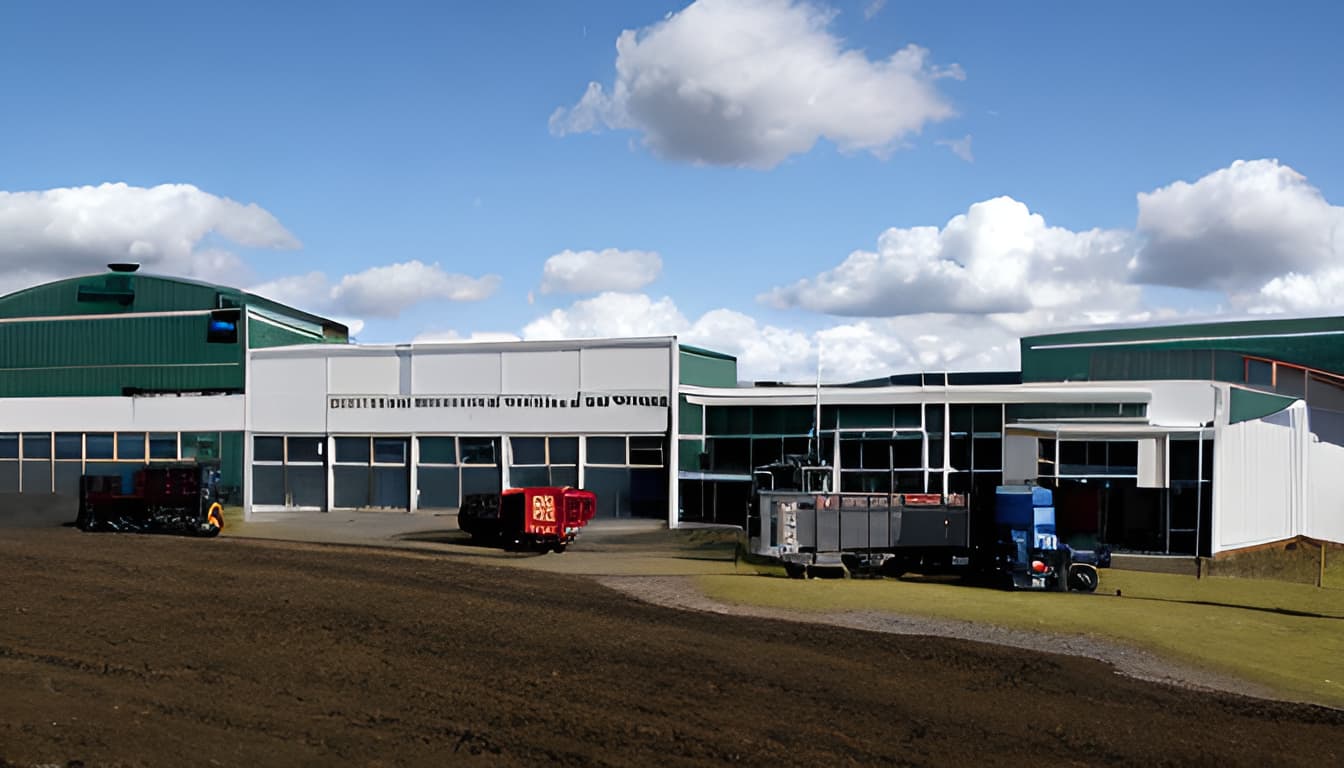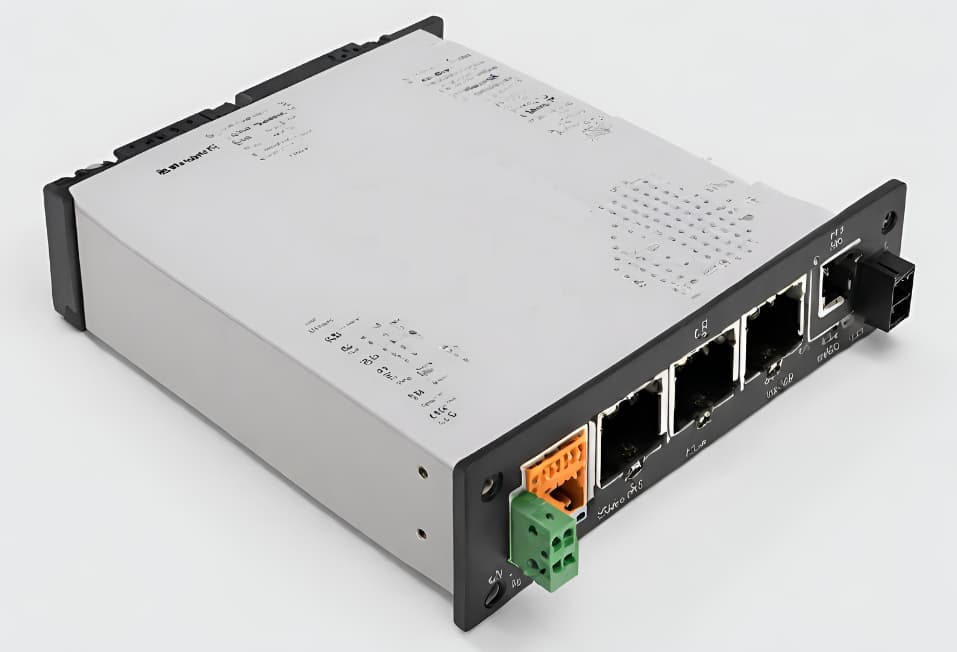In the ever-evolving world of building automation, where efficiency, sustainability, and occupant comfort are paramount, contemporary control gateways have emerged as unsung heroes. These versatile components serve as central hubs, connecting and coordinating various building systems to simplify operations and enhance overall functionality. In this comprehensive exploration, we’ll delve deeper into the pivotal role that contemporary control gateways play in modern building automation.
What Are Contemporary Control Gateways?
At the heart of any intelligent building lies the intricate network of systems that control and manage essential functions. Contemporary control gateways, often referred to as building automation controllers, are the linchpins of this network. They are intelligent devices designed to serve as intermediaries, facilitating seamless communication between different building systems. These systems can encompass everything from heating, ventilation, and air conditioning (HVAC) to lighting, security, and access control.
Streamlining Building Systems
One of the primary functions of contemporary control gateways is to streamline the operation of various building systems. Picture a scenario where a commercial building must adjust its temperature settings based on occupancy, optimize lighting to reduce energy consumption, and manage security protocols efficiently. These gateways act as the central nervous system, ensuring that different components work in harmony. By providing a unified platform for system integration, they simplify operations, enhance efficiency, and improve overall building performance.
Energy Management and Optimization
Efficient energy management is a cornerstone of sustainable building practices, and contemporary control gateways play a pivotal role in achieving this goal. They continuously monitor and analyze data from various sensors and devices throughout the building. For instance, temperature sensors collect data on thermal conditions, occupancy sensors track movement, and light sensors measure ambient light levels. With this data in hand, the gateways can orchestrate responses that optimize energy consumption. For example, they can adjust HVAC systems based on real-time occupancy data or dim lighting in areas with sufficient natural light, significantly reducing energy waste.
Security Integration
Security is paramount in any building, and contemporary control gateways excel in this area as well. They seamlessly integrate various security systems, including access control, surveillance cameras, and intrusion detection, creating a comprehensive security infrastructure. Building managers can monitor and respond to security threats in real time, enhancing safety for occupants and protecting valuable assets. The ability to integrate and manage these systems from a centralized gateway simplifies security operations and ensures a swift response to potential security breaches.
IoT Enablement
The Internet of Things (IoT) has revolutionized building automation, and contemporary control gateways are at the forefront of this transformation. They serve as enablers for the connection of IoT devices, such as smart thermostats, occupancy sensors, and lighting controls. This connectivity enhances occupant comfort and convenience while also contributing to energy efficiency and data-driven decision-making. For example, IoT-enabled devices can communicate with the gateway to adjust room temperatures based on occupancy or enable remote control of lighting and climate systems through smartphone apps.
Factors to Consider When Choosing a Control Gateway
Selecting the right contemporary control gateway is crucial to the success of building automation. Several factors should be considered when making this decision:
Building Size and Complexity: The size and complexity of the building determine the type of gateway required. Larger and more complex structures may demand advanced and scalable solutions.
Compatibility: Ensure that the selected gateway is compatible with the existing building systems and technologies in use. Compatibility issues can lead to integration challenges.
Scalability: Consider the scalability of the gateway to accommodate future expansions and additional devices or systems.
Reliability: Assess the reliability and robustness of the gateway, as it is a critical component of building operations. Downtime can have significant implications for building occupants.
Security: Evaluate the security features of the gateway itself, as it plays a crucial role in managing security systems.
Support and Maintenance: Consider the availability of technical support and maintenance services for the selected gateway.
Collaboration with experienced professionals in the field of building automation can be invaluable in making informed decisions and ensuring a smooth integration process.
Real-World Applications
To understand the practical significance of contemporary control gateways, let’s explore some real-world examples of how they have been successfully deployed in building automation projects.
Commercial Buildings: In commercial settings, contemporary control gateways ensure that HVAC systems, lighting, and security systems work in harmony to create a comfortable, secure, and energy-efficient environment. These gateways enable responsive climate control, efficient lighting management, and seamless security monitoring.
Industrial Facilities: Industrial facilities benefit from the streamlined operation and enhanced safety provided by contemporary control gateways. By integrating machinery and systems, these gateways optimize production processes, reduce downtime, and improve worker safety.
Residential Homes: In modern smart homes, control gateways enable residents to manage heating, cooling, lighting, and security systems from a single interface, such as a smartphone app. This level of convenience enhances comfort and energy efficiency.
Future Trends and Innovations
The world of building automation is evolving rapidly, and contemporary control gateways are evolving with it. Some of the key future trends and innovations include:
Advanced Artificial Intelligence (AI) Integration: AI algorithms will play an increasingly prominent role in building automation. Contemporary control gateways will leverage AI for predictive maintenance, adaptive control, and energy optimization.
Integration of Renewable Energy Sources: As the importance of sustainability grows, contemporary control gateways will become instrumental in integrating renewable energy sources, such as solar panels and wind turbines, into building systems.
Advanced Analytics: The ability to collect and analyze vast amounts of data will enable more informed decision-making. Contemporary control gateways will provide sophisticated analytics tools for building managers to identify trends and opportunities for improvement.
Conclusion
Contemporary control gateways are the unsung heroes of building automation, orchestrating the symphony of systems that make modern buildings efficient, safe, and comfortable. Their ability to streamline operations, optimize energy usage, enhance security, enable IoT connectivity, and adapt to future trends makes them indispensable in modern structures. As we move towards smarter, more sustainable buildings, these gateways will continue to play a pivotal role in creating environments that prioritize efficiency, comfort, and safety.



